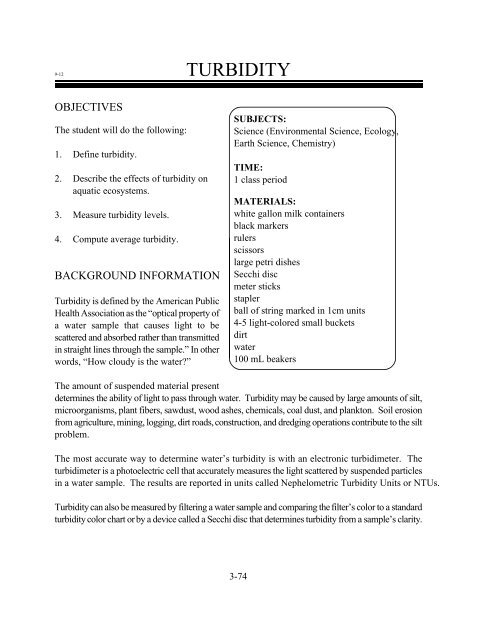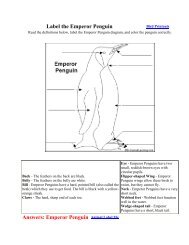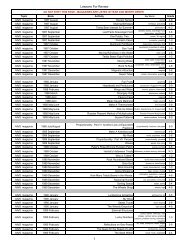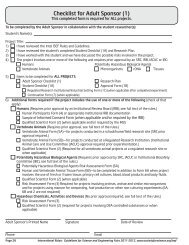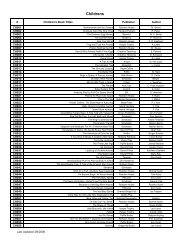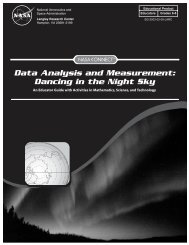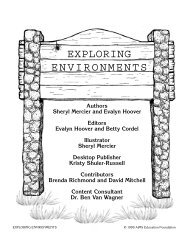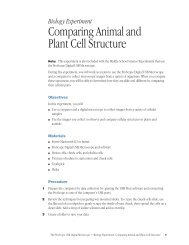BIOGRAPHY OF A RIVER
BIOGRAPHY OF A RIVER
BIOGRAPHY OF A RIVER
You also want an ePaper? Increase the reach of your titles
YUMPU automatically turns print PDFs into web optimized ePapers that Google loves.
9-12 TURBIDITYOBJECTIVESThe student will do the following:1. Define turbidity.2. Describe the effects of turbidity onaquatic ecosystems.3. Measure turbidity levels.4. Compute average turbidity.BACKGROUND INFORMATIONTurbidity is defined by the American PublicHealth Association as the “optical property ofa water sample that causes light to bescattered and absorbed rather than transmittedin straight lines through the sample.” In otherwords, “How cloudy is the water?”SUBJECTS:Science (Environmental Science, Ecology,Earth Science, Chemistry)TIME:1 class periodMATERIALS:white gallon milk containersblack markersrulersscissorslarge petri dishesSecchi discmeter sticksstaplerball of string marked in 1cm units4-5 light-colored small bucketsdirtwater100 mL beakersThe amount of suspended material presentdetermines the ability of light to pass through water. Turbidity may be caused by large amounts of silt,microorganisms, plant fibers, sawdust, wood ashes, chemicals, coal dust, and plankton. Soil erosionfrom agriculture, mining, logging, dirt roads, construction, and dredging operations contribute to the siltproblem.The most accurate way to determine water’s turbidity is with an electronic turbidimeter. Theturbidimeter is a photoelectric cell that accurately measures the light scattered by suspended particlesin a water sample. The results are reported in units called Nephelometric Turbidity Units or NTUs.Turbidity can also be measured by filtering a water sample and comparing the filter’s color to a standardturbidity color chart or by a device called a Secchi disc that determines turbidity from a sample’s clarity.3-74


